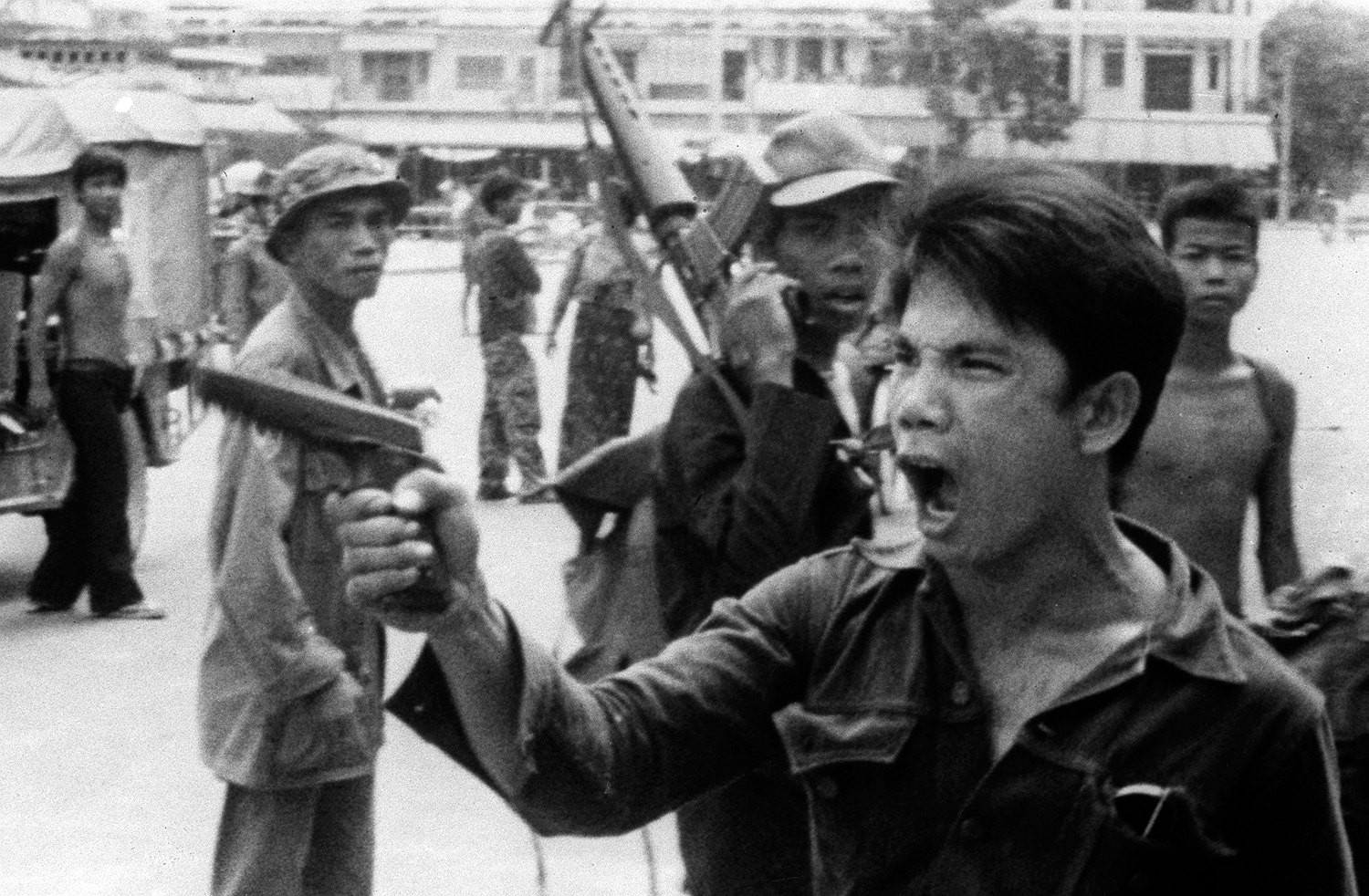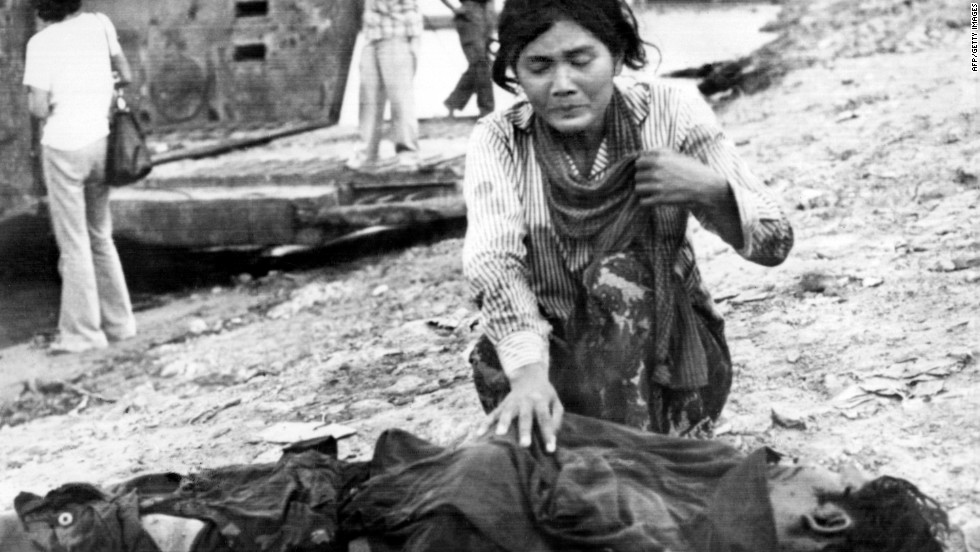Linda Nguyen
ASA 150E – SEAA Issues
Professor Valverde
4 March 2017
Week 9: Post
War Criticism and the Viet Nam Syndrome as Praxis
War, Genocide, and Justice by
Cathy J. Schlund-Vials focused on both “collected and collective
memorialization.” War, Genocide, and Justice investigate into how
Cambodian American cultural producers such as filmmaker, writer, hip-hop
artists, and performance artists labor to rearticulate and reimagine the
Killing Fields era. War, Genocide, and Justice engage the collected
memory of the Killing Fields era and the legacy of Democratic Kampuchean
authoritarianism for in-country Khmers and diasporic Cambodians. Artists such
as Socheata Poeuv, Loung Ung, Chanrithy Him, Prach Ly, and Anida Yoeu Ali
confront historical amnesia in origin sites such as Cambodia or a nearby
refugee camp (4). These artists undermine forgetting in their country of
settlement in the U.S. and use productions as an alternative mode for and
practices of justice. Cambodian American writers and artists generate cultural
forms of genocidal remembrance from diasporic dislocation and transnational
reimagination. In other words, these artists are fighting to remember the past
and preserve their memory of the past into the next generation. Cambodian American writers and artists are
preserving their memory and history that are often suppressed, silenced, or
disregarded by the majority/dominant narratives. What I find interesting was
that even more than 30 years since Democratic Kampuchea’s dissolution, only one
Khmer Rouge official has been tried and convicted of war crimes and crimes
against humanity in an international court of law. I was surprised to learn of
the destructive and heinous policies of the Khmer Rouge who targeted Muslim
Cambodians (the Cham) and the Vietnamese Cambodians. I was also surprised that
the Khmer Rouge members still occupy positions of governmental power.
[Question:] Where are the justices and why are the Khmer Rouge member are given
pardon for their atrocious crimes? Furthermore, there was omission in Chea
Sim’s [current Cambodian People’s Party (CPP) chairman and longtime politician]
address, which makes no mention of UN/ Cambodian War Crimes Tribunal. The UN/
Cambodian War Crimes Tribunal is where the court tries the most that are
responsible members of the Khmer Rouge for violations of international law and
crimes perpetrated during the Cambodian genocide.
We see this happening where artists, writers,
and filmmakers are using alternative production of modes for and practices of
justice through social media, novels, and movies. By using film, music,
writing, and spoken word, they are rearticulated their history. We can see this
in examples in Viet Thanh Nguyen’s novel The Sympathizer and Nothing Ever Dies:
Vietnam and the Memory of War, Tui Bui illustrated memoir’s The Best We Could
Do, and GB Tran’s Vietamerica: A Family’s Journey. These books/novel fills in
the gaps of time and distance with imagination. In a way, these are resistance
by way of the contested memory that highlights the political objective and with
contemporary Vietnamese American memory work.
 |
| Socheata and her father Nin Pouev, from The New Year Baby (2006) film |
Image: https://www-tc.pbs.org/independentlens/newyearbaby/images/fmpic.jpg
Bibliography
Cathy J. Schlund-Vials. “Eating Welfare.” 2001. Eric Tang
and the Youth Leadership Project” and “Prach Ly.”War, Genocide, and Justice:
Cambodian American Memory Work. 2012.
Introduction: Battling the “Cambodian Syndrome”





